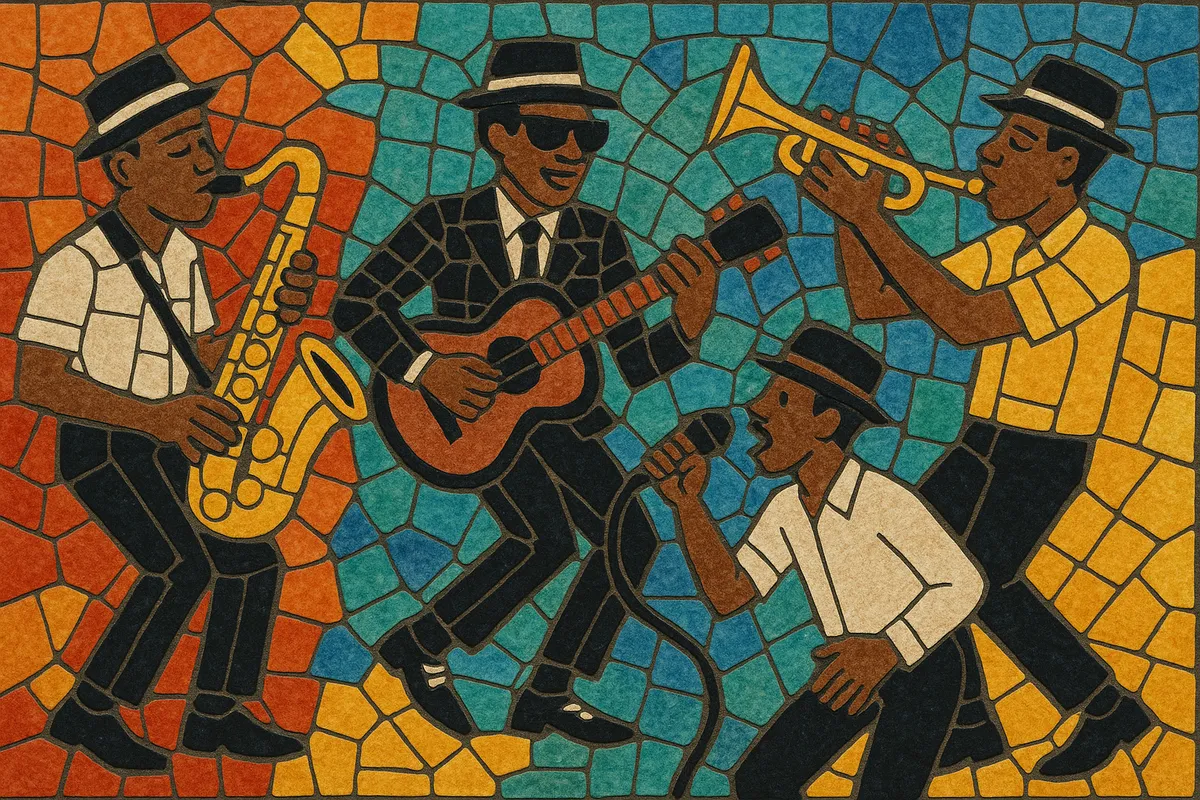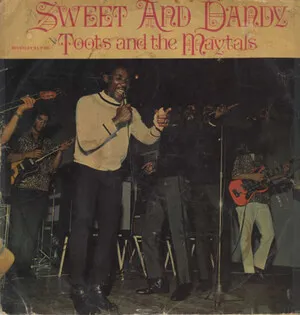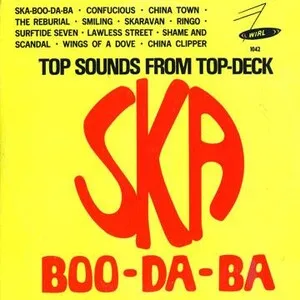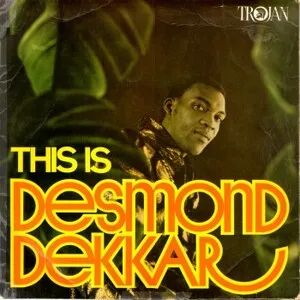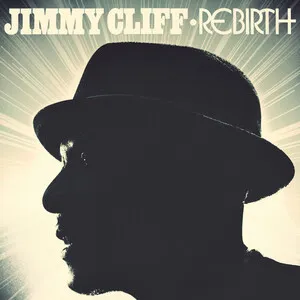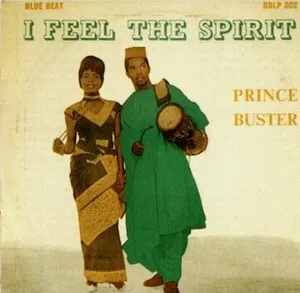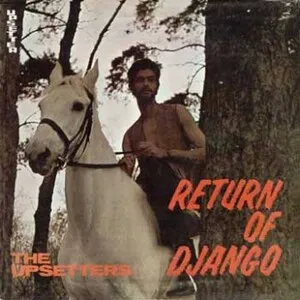Jamaican ska is the first wave of ska, a horn-driven, dance-oriented popular music that emerged in Jamaica in the late 1950s and flourished in the early 1960s. It is characterized by a walking bass line, crisp guitar or piano upstrokes on the offbeats (the “skank”), and punchy horn riffs that trade call-and-response lines with the vocals.
Rooted in a fusion of Jamaican mento and Caribbean calypso with American rhythm and blues, jump blues, and jazz, Jamaican ska developed in the crucible of Kingston’s sound-system culture. It is energetic, bright, and communal, designed as much for street dances as for the studio, and it laid the rhythmic foundation for rocksteady and reggae that followed.
Jamaican ska coalesced in Kingston at the end of the 1950s when local musicians blended indigenous mento and regional calypso with imported American rhythm and blues, jump blues, and jazz records championed by sound-system operators. Studio musicians such as Don Drummond, Roland Alphonso, and Jackie Mittoo helped formalize the style’s brisk tempo, walking bass, and offbeat guitar/piano “skank.”
During the early 1960s, producers like Coxsone Dodd (Studio One) and Duke Reid (Treasure Isle) recorded a flood of ska sides for a thriving local dance scene. The Skatalites became the quintessential house band, while artists including Prince Buster, Derrick Morgan, Toots and the Maytals, Desmond Dekker, and The Wailers popularized the sound. The music spread to the UK via Jamaican diaspora communities and “Blue Beat” releases, influencing mod and early skinhead subcultures.
Around 1966, shifting social moods, the summer heat, and evolving dance styles encouraged a slower, more soulful beat—rocksteady. While ska’s tempo eased, its core rhythmic vocabulary and instrumental approach remained, directly informing the one-drop and rhythmic lilt of early reggae, which would dominate the 1970s.
The original Jamaican ska became the foundation for later revivals: the UK’s 2 Tone movement in the late 1970s/early 1980s fused ska with punk energy and anti-racist politics, and 1990s “third wave” ska and ska punk brought the offbeat shuffle to alternative rock audiences worldwide. Despite these evolutions, the bright horns, offbeat skank, and communal spirit of Jamaican ska remain timeless.

